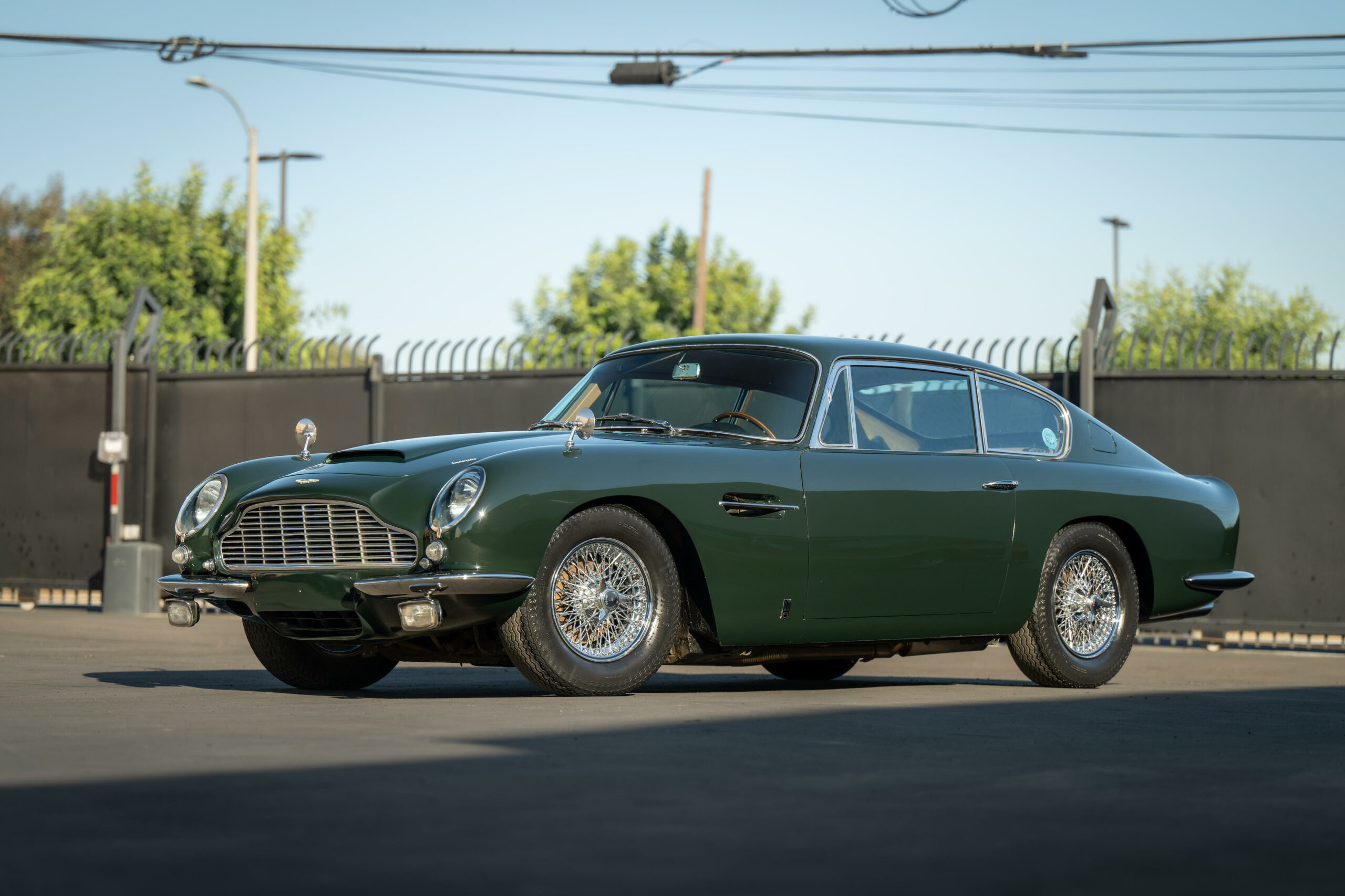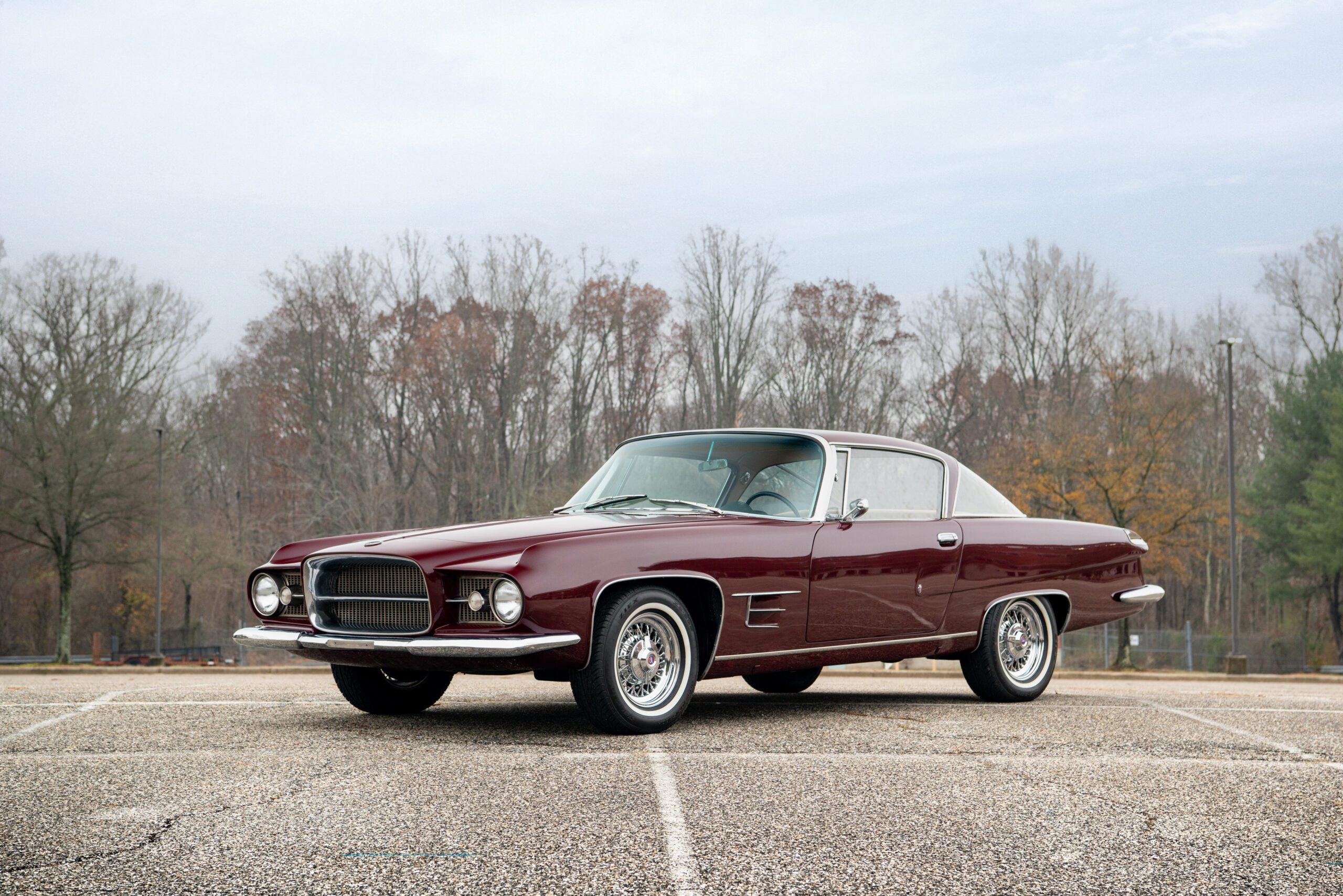Categories
- 1910s
- 1920s
- 1930s
- 1940s
- 1950s
- 1960s
- 1970s
- 1980s
- 1990s
- 2000s
- AMC
- Aston Martin
- Autobianchi
- Bentley
- BMW
- Bristol
- Buick
- Cadillac
- Chevy
- Chrysler
- Citroen
- Classic Cars
- Classic Hot Rods
- Classic Muscle Cars
- Classic Sports Cars
- Cunningham
- Davis
- Duesenberg
- Edsel
- Facel Vega
- Ferrari
- Fiat
- Ford
- Ghia
- Hillman
- Hudson
- Jaguar
- Kaiser
- Lamborghini
- Luxury Car
- Maserati
- Mercedes-Benz
- Moretti
- Packard
- Panhard
- Plymouth
- Porsche
- Reliant
- Rolls-Royce
- Studebaker
- Toyota
- Uncategorized
- Vespa
- Volvo
- Wolseley
The history of Chrysler is a story of innovation, resilience, and the development of a major American automotive corporation. Founded by Walter P. Chrysler in 1925, the Chrysler Corporation played a significant role in shaping the American automobile industry.
Walter P. Chrysler was a seasoned automotive executive who had previously worked for companies like Buick and Willys-Overland. He took the helm of the Maxwell Motor Company in 1920 and restructured it, which laid the groundwork for the formation of the Chrysler Corporation.
In 1924, Chrysler acquired the ailing Maxwell Motor Company and began the process of transforming it into a formidable automobile manufacturer. The following year, in 1925, the Chrysler Corporation was officially founded.
Chrysler quickly gained a reputation for engineering excellence and innovation. In 1928, the company introduced the Plymouth brand, offering a line of affordable and reliable cars that resonated with the American public during the Great Depression.
One of the defining moments in Chrysler’s history came in 1934 with the introduction of the Chrysler Airflow. This groundbreaking car featured advanced aerodynamics and an all-steel body construction, setting new standards for automotive design and engineering. Although the Airflow was not a commercial success, it established Chrysler as a leader in technological innovation.
During World War II, Chrysler played a vital role in producing military vehicles and equipment, including tanks and aircraft engines. This wartime effort highlighted the company’s manufacturing capabilities and engineering expertise.
In the post-war years, Chrysler introduced iconic models like the Chrysler New Yorker and the Chrysler 300, known for their stylish design and powerful engines. The Chrysler 300, in particular, became a symbol of American muscle cars, with models like the Chrysler 300C and the “Letter Series” vehicles gaining popularity among performance enthusiasts.
Chrysler continued to innovate throughout the 1950s and 1960s, introducing features like power steering, power brakes, and torsion-bar suspension. In 1955, the company introduced the first successful V8 engine with hemispherical combustion chambers, known as the Hemi engine, which became a legend in the world of high-performance engines.
The 1980s saw the introduction of the minivan segment with the Chrysler minivans, which revolutionized family transportation and became immensely popular. Chrysler also entered the luxury car market with the introduction of the Chrysler LeBaron and the Chrysler New Yorker.
In the 1990s, Chrysler merged with German automaker Daimler-Benz, forming DaimlerChrysler. However, this partnership faced challenges, and in 2007, Chrysler became a private company again under Cerberus Capital Management. Subsequently, in 2009, Chrysler filed for bankruptcy and emerged from it as part of a strategic alliance with Fiat, forming Fiat Chrysler Automobiles (FCA).
Today, Chrysler remains a subsidiary of Stellantis, the multinational automotive corporation formed through the merger of FCA and PSA Group. The Chrysler brand continues to produce a range of vehicles, including the Chrysler 300 and the Chrysler Pacifica minivan.
Chrysler’s legacy is marked by its contributions to automotive engineering and design, as well as its ability to adapt and innovate in response to changing market conditions. The brand’s history reflects a commitment to technological advancement and a resilient spirit that has allowed it to endure and evolve within the American automotive landscape.





